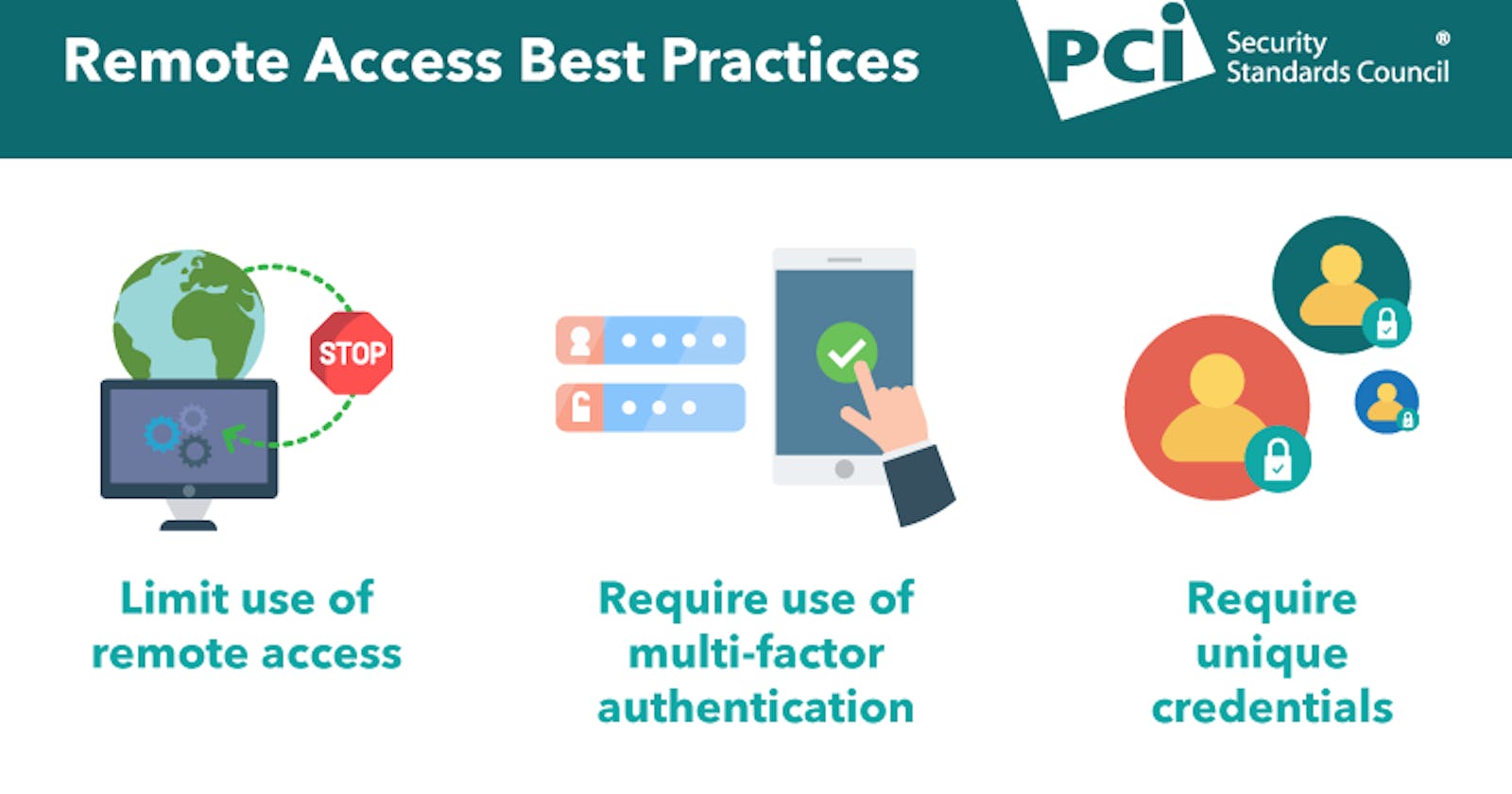If you are managing a virtual machine (VM) in the cloud, security should be top of mind. With the data stored inside your VM and the potential vulnerabilities posed by external sources, it is essential to understand how to protect and secure your environment efficiently. In this blog post, we will discuss key techniques for protecting your VM in a cloud platform, so that you can ensure that your data remains safe and secure. Read on to discover how best to protect your cloud-based VMs from potential threats.
Understand the basics of virtual machine security
Virtual machine security is an important issue in the era of technology. For a business, it is necessary to ensure that its virtual machines are safe from cyber threats and vulnerabilities. With the right understanding of the basic security measures, they can protect their information and resources from malicious activity. To understand the basics of virtual machine security, it is essential to comprehend topics such as configuration management, defense-in-depth strategies, incident and patch management, analytics in data privacy, and monitoring techniques. By assessing these areas, companies can effectively defend against malicious attackers gaining control of their systems. Additionally, they should also stay up-to-date on the latest technologies and developments in order to safeguard their business operations and data.
Configure firewalls to ensure secure access
Securing access to confidential materials through the use of firewalls is essential. Firewall configurations need to be adjusted and managed properly in order to provide an effective barrier against outside threats. The adjustment of port forwarding and guidelines regarding the type of traffic that can move through the firewall are important components in maintaining a secure environment. Furthermore, frequent security scans should be regularly run to ensure everything is still running as expected. If organizations want to maximize their protection from external threats, having robust and up-to-date firewalls is absolutely essential.
Utilize encryption technologies to protect data
Utilizing encryption technologies is one of the most reliable ways to protect data. With the increased concern for online security, encrypted solutions are fast becoming popular among organizations and businesses that are at risk of having their confidential information accessed or stolen. Implementing encryption technologies can help ensure that vital information remains safe, even if it gets into the wrong hands. This involves converting data into a code to prevent unauthorized access while also protecting it from being modified without authorization. Encryption technologies are also far more cost-effective and secure than other security measures because they offer greater protection with minimal cost or maintenance. Organizations should consider investing in encryption technology to reduce the risk of unprotected data and keep customer confidence strong.
Monitor network traffic for signs of intrusion
Cybersecurity is a critical area of focus in today's digital world. While other security measures are important, monitoring network traffic for signs of intrusion is the key to proactively addressing malicious threats. By keeping watch on network traffic, organizations can detect anomalous behavior and take swift action to prevent attacks before they occur. Moreover, regular auditing and analysis of networking data can reveal development opportunities, helping to develop effective strategies that limit potential exposure points into the system. In short, by paying attention to network traffic, businesses are better prepared to protect themselves against malicious third parties and defend their data from cyber criminals.
Implement a policy of least privilege access control
Implementing a policy of least privilege access control is an important security practice that allows businesses to provide staff, customers, and other users with only the amount of digital access they need to complete their tasks and nothing more. This policy serves as an additional layer of security by ensuring that potential malicious actors cannot access sensitive data or other resources to which they are not normally allowed access. Policies such as these can be difficult at first glance but organizations can mitigate the challenge by working with their IT department and having them create strict permissions to allow users to do only what they’re supposed to be able to do or view. As organizations strive for greater levels of cyber security, implementing policies such as these should be taken into consideration and implemented where possible.
Establish robust authentication protocols and two-factor authentication measures
A secure and reliable network is essential for any organization, and robust authentication protocols and two-factor authentication measures are key components of ensuring security. Utilizing these protocols not only provides improved control over the environment but also allows for ease of access to all users, creating an experience that balances security with convenience. With the implementation of appropriate authentication protocols, organizations can be certain that their networks remain safe from unauthorized access. Furthermore, by implementing two-factor authentication means, organizations benefit from enhanced protection due to its ability to correctly distinguish between trusted users and potential malicious actors. Ultimately, investing in strong authentication practices should be a priority for any organization that values its digital infrastructure.
In today's ever-evolving digital landscape, it is essential to have robust security measures in place for virtual machines. All of the aforementioned security strategies can help ensure the machines are secured and protected from malicious attacks that put information, resources, and processes at risk. Moreover, implementing strong authentication protocols such as two-factor authentication will help bolster the security of these systems even further. Understanding the fundamentals of virtual machine security, configuring firewalls properly to ensure secure access, taking advantage of encryption technologies to preserve data integrity, monitoring network traffic for suspicious signs of intrusion, instituting a policy of least privilege access control, and deploying authentications protocols like two-factor authentication are all effective ways to ensure that an organization's virtual environment remains secure.

